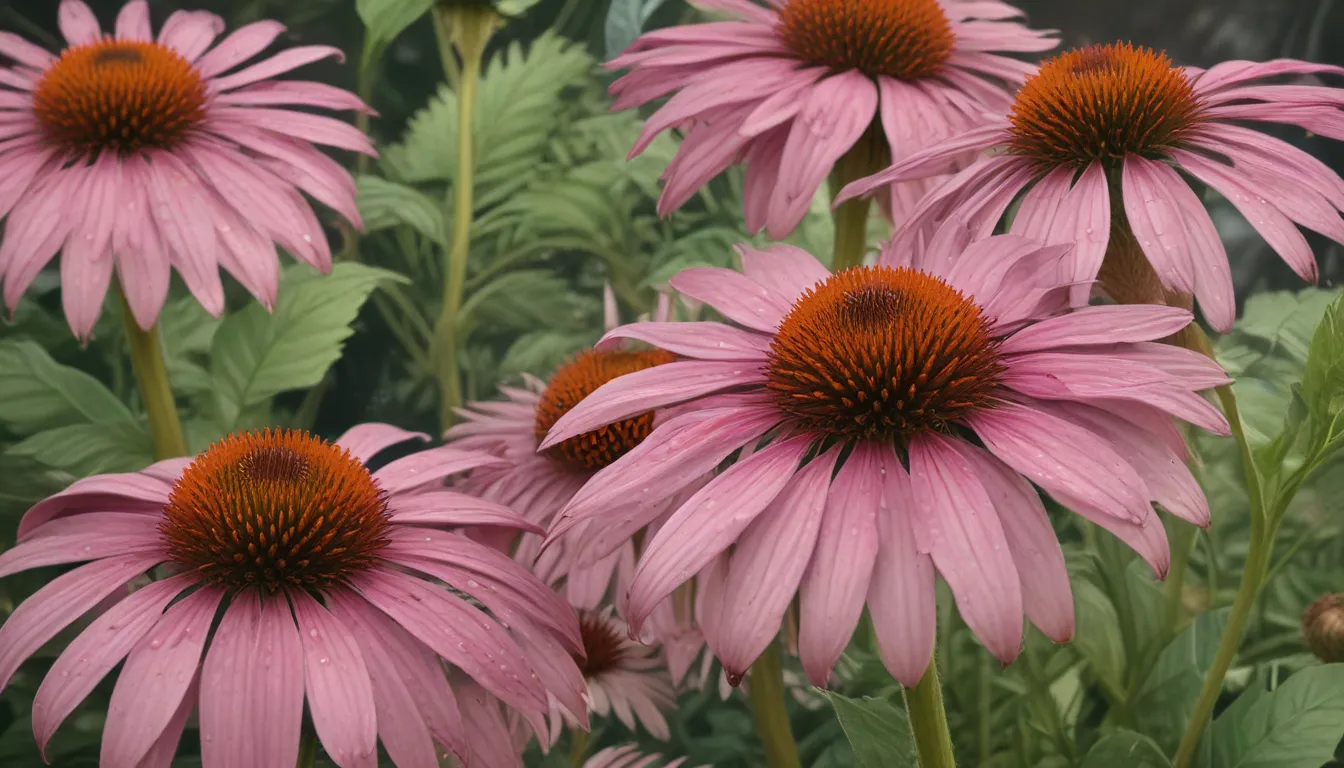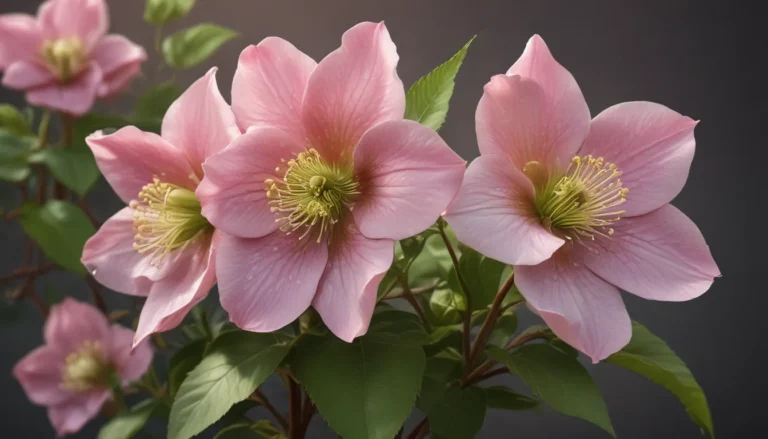The pictures we use in our articles might not show exactly what the words say. We choose these pictures to make you interested in reading more. The pictures work together with the words but don’t take their place. The words still tell you the important facts.
Echinacea purpurea, commonly known as purple coneflower, is a captivating plant with a rich history in the world of herbal medicine. This striking flowering plant, with its vibrant purple petals and cone-shaped center, belongs to the daisy family and is native to North America. From its immune-boosting properties to its ability to attract beneficial insects, Echinacea purpurea is a versatile and valuable addition to any garden or landscape.
Let's delve into the remarkable world of Echinacea purpurea and explore 19 captivating facts that showcase its significance in herbal remedies and natural health. From its historical uses by Native Americans to modern research on its therapeutic potential, this plant holds a treasure trove of secrets waiting to be discovered.
The Enigmatic Echinacea Purpurea: A Closer Look
- Echinacea purpurea, also known as purple coneflower, is a popular medicinal plant native to North America. It has vibrant purple flowers and is known for its immune-boosting and anti-inflammatory properties.
- This resilient plant can be brewed into a soothing tea, attract beneficial insects to the garden, and has a long history of medicinal use. Its beautiful flowers make it a lovely addition to gardens and landscapes.
Unveiling the Wonders of Echinacea Purpurea
The Roots of Health: Medicinal Uses
Echinacea purpurea has been used for centuries by Native Americans for its medicinal properties. The plant is known for its immune-boosting abilities, making it a popular choice for preventing and treating common colds and respiratory infections. Additionally, Echinacea purpurea contains compounds with anti-inflammatory properties, making it beneficial for reducing inflammation and alleviating pain associated with conditions like arthritis.
A Botanical Beauty: Botanical Characteristics
Belonging to the daisy family, Echinacea purpurea is characterized by its vibrant purple flowers with cone-shaped centers. These flowers not only attract bees, butterflies, and other pollinators but also add a pop of color to any garden or landscape. The plant's ability to self-seed and adapt to various growing conditions makes it a resilient and versatile choice for gardeners.
The Healing Elixir: Culinary and Medicinal Uses
The roots, leaves, and flowers of Echinacea purpurea can be dried and brewed into a flavorful tea known for its immune-boosting and soothing properties. This herbal tea is a popular remedy for supporting overall wellness and promoting immune health. Additionally, the roots of Echinacea purpurea are used in herbal medicine to create extracts, tinctures, and supplements that harness the plant's therapeutic benefits.
A Haven for Nature: Ecological Benefits
Beyond its medicinal uses, Echinacea purpurea also offers ecological benefits. The vibrant flowers of the plant attract beneficial insects like ladybugs and lacewings, which help control pests in the garden. By planting Echinacea purpurea, you not only support pollinators like bees and butterflies but also contribute to biodiversity in your garden or landscape.
Nurturing the Enchanter: Growing and Caring for Echinacea Purpurea
Cultivating Resilience: Growing Conditions
Echinacea purpurea is a hardy plant that can tolerate a wide range of growing conditions. It is native to meadows, prairies, and open woodlands in North America. This plant can withstand cold temperatures and drought, making it suitable for different regions and climates.
Gardening Delight: Landscaping and Ornamental Uses
In addition to its medicinal properties, Echinacea purpurea is widely grown for its ornamental beauty. Its vibrant flowers and sturdy foliage make it an attractive choice for gardens and landscapes. The plant can be grown in containers, adding a pop of color to patios, balconies, or small garden spaces.
Seeds of Generosity: Self-Seeding Ability
Once established, Echinacea purpurea has the ability to self-seed, meaning that new plants can sprout from the seeds dropped by the parent plant. This naturalization process enhances the plant's presence in the garden and allows for effortless propagation.
Unveil the Mysteries of Echinacea Purpurea
Echinacea purpurea's captivating qualities make this medicinal plant a true wonder of nature. Delving deeper into its enigmatic properties and mindblowing facts will leave you even more amazed by its potential. Uncover the secrets of purple coneflower and let its vibrant beauty and healing powers inspire your wellness journey.
Was this page helpful?
Our commitment to delivering trustworthy and engaging content is at the heart of what we do. Each fact on our site is contributed by real users like you, bringing a wealth of diverse insights and information. To ensure the highest standards of accuracy and reliability, our dedicated editors meticulously review each submission. This process guarantees that the facts we share are not only fascinating but also credible. Trust in our commitment to quality and authenticity as you explore and learn with us.






